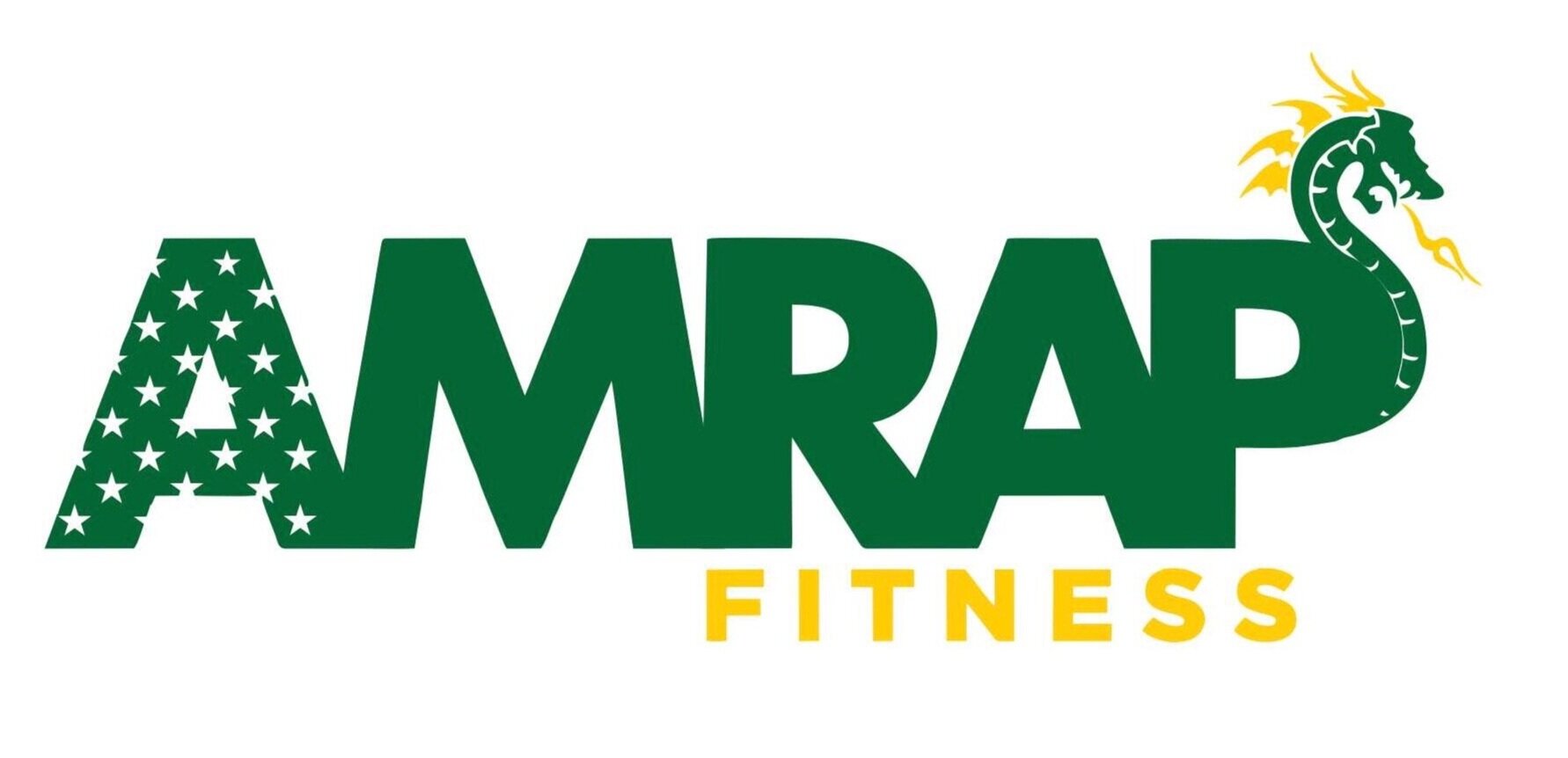Happy Labor Day 2024
The History of Labor Day
Labor Day's history is as colorful as it is long
Updated August 21, 2024
Reviewed by Caitlin Clarke
Fact checked by
Labor Day has been a national holiday in the United States since 1894. It may signify picnics, parades, a day off from work, or the end of summer and the beginning of fall for many Americans. The day actually celebrates a long history of U.S. workers, however, and their immense contributions at various periods under extremely difficult conditions.
Key Takeaways
The first Labor Day parade took place in New York City in 1882.
Labor Day was declared a national holiday in 1894 and is observed on the first Monday in September.
The roots of Labor Day grew out of violent clashes between labor and police during the Haymarket Riot in 1886 when thousands of workers in Chicago took to the streets to demand an eight-hour workday.
Labor Day weekend marks the unofficial end of summer but worker-related Labor Day parades and festivities are still part of the federal holiday.
The First Labor Day
Having the first Monday in September off from work was remarkable for American workers in 1894 when Labor Day was declared a national holiday. Working conditions in the country’s factories, railroads, mills, and mines were grim. Employees, including children, were often required to work 12 or more hours a day, six days a week, in crowded, poorly ventilated spaces.1
Calls for shorter workdays and better conditions came from worker strikes and rallies in the decades after the Civil War. Union leaders in New York City organized what’s thought to be the first Labor Day parade on Sept. 5, 1882.2
Tens of thousands of labor union members including bricklayers, jewelers, typographers, dress and cloak makers, and many other tradespeople took unpaid leave and marched with their locals. The day culminated in picnics, speeches, fireworks, and dancing.
Labor Day had been an official holiday in 24 states by the time it became a national and federal holiday.2 Labor Day parades and other festivities demonstrate the strength and esprit de corps of trade and labor organizations.

